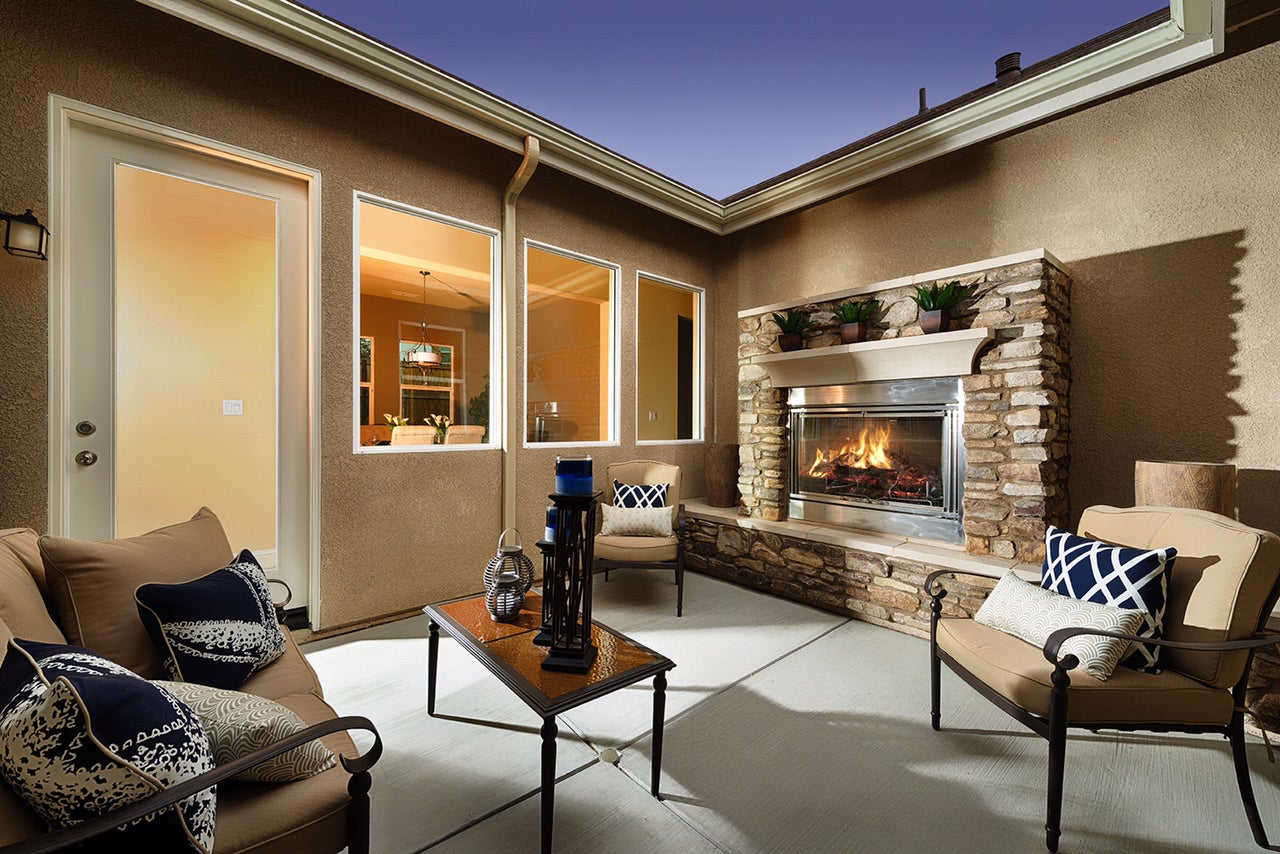
Meet the Freeman Family! Watch the video to learn why the Freeman family is loving life in their new De Young Zero Energy home! Not only are they enjoying the smart technology, the energy-efficient windows and the comfort level in their new home, but they’re also ecstatic about the energy SAVINGS!

907 Beaver Pond LoopMadera, CA 93636
559.203.1866 Get Directions
6338 E Adena AveFresno, CA 93727
559-212-3277 Get Directions
7589 Preserve Dr.Friant, CA 93626
559-296-9007 Get Directions